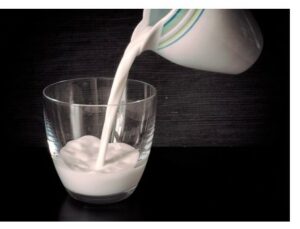
American dairy producers will soon have access to greenhouse gas (GHG) accounting and reporting guidance to help them credibly disclose their GHG footprint.
The U.S. Dairy Stewardship Commitment has developed the system which includes guidance on scope 1, 2 and 3 emissions, and is applicable to all U.S. dairy processors and cooperatives. This accounting and reporting resource was extensively reviewed by the World Resources Institute (WRI) and determined to be compliant with the GHG Protocol’s Corporate and Corporate Value Chain Standards. As a result, in August, the GHG Protocol formally endorsed the guidance with the ‘Built on GHG Protocol’ Mark, the first agricultural sector guidance to obtain this mark of endorsement. To date, only eight other non-food, sector-specific tools have received this certification.
Additionally, the CDP, a global disclosure system with the largest collection of environmental data in the world, recognizes this endorsement as a credible way to report emissions data through its platform. This allows U.S. dairy processors to rely on one proven, globally recognized and accepted method for GHG accounting, streamlining reporting across the entire industry.

In more good news for dairy producers, a study by Scotland’s St. Andrews University found that while water helps to quickly hydrating the body, beverages with a little bit of sugar, fat or protein do an even better job. For example, milk was found to be even more hydrating than plain water because it contains lactose, some protein and some fat, all of which help to keep hydration happening over a longer period. Milk also has sodium, which acts like a sponge and holds onto water in the body and results in less urine produced.
And a landmark report recommended plain milk along with breast milk, water and infant formula as part of a new set of comprehensive beverage recommendations for children. From birth to age five, the experts cautioned against beverages that are sources of added sugars in young children’s diets. The report was compiled by the Academy of Nutrition & Dietetics (AND), American Academy of Pediatric Dentistry (AAPD), American Academy of Pediatrics (AAP) and American Heart Assn. (AHA) under the leadership of HER, a leading nutrition research organization, and with funding from the Robert Wood Johnson Foundation.


